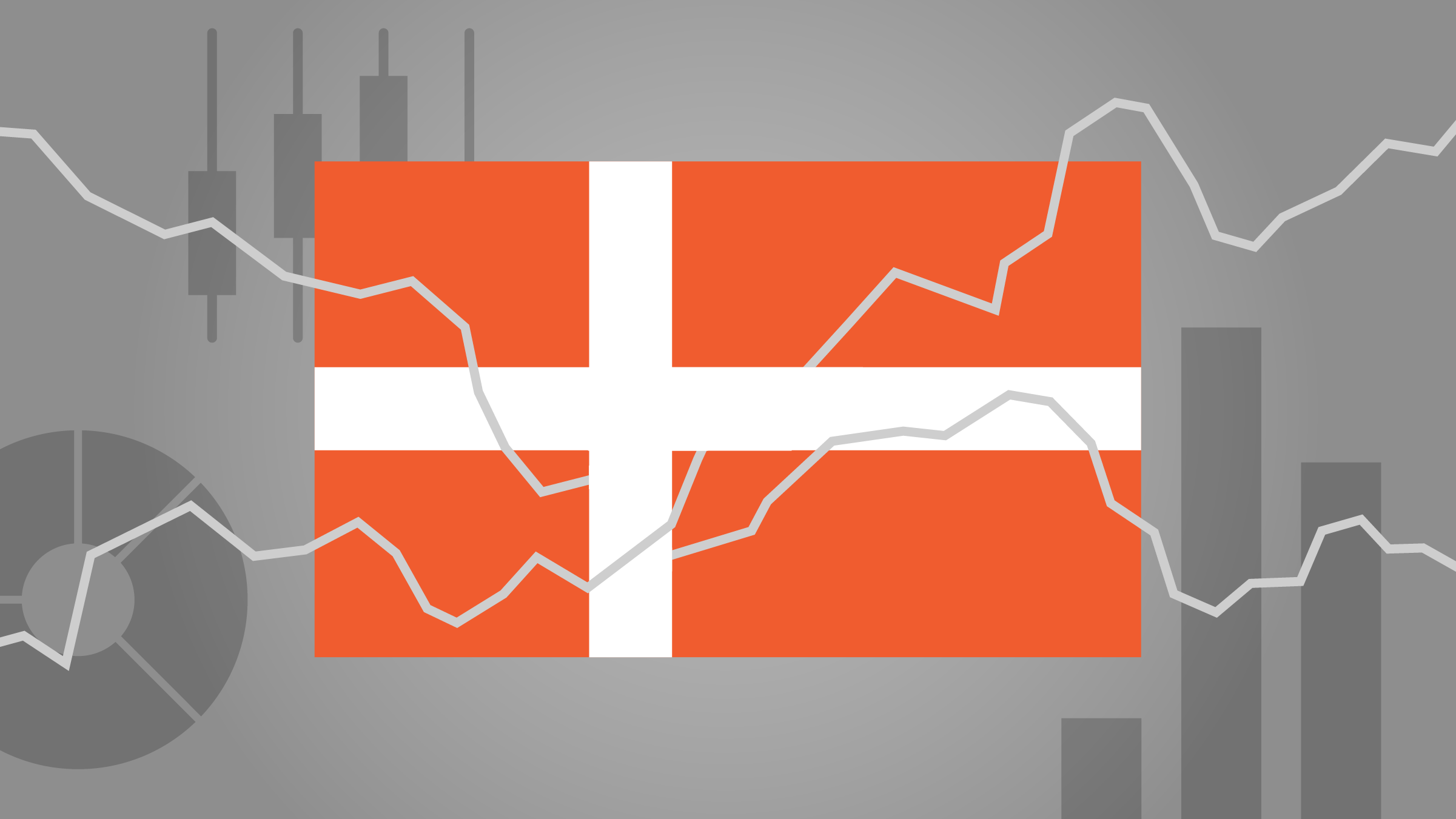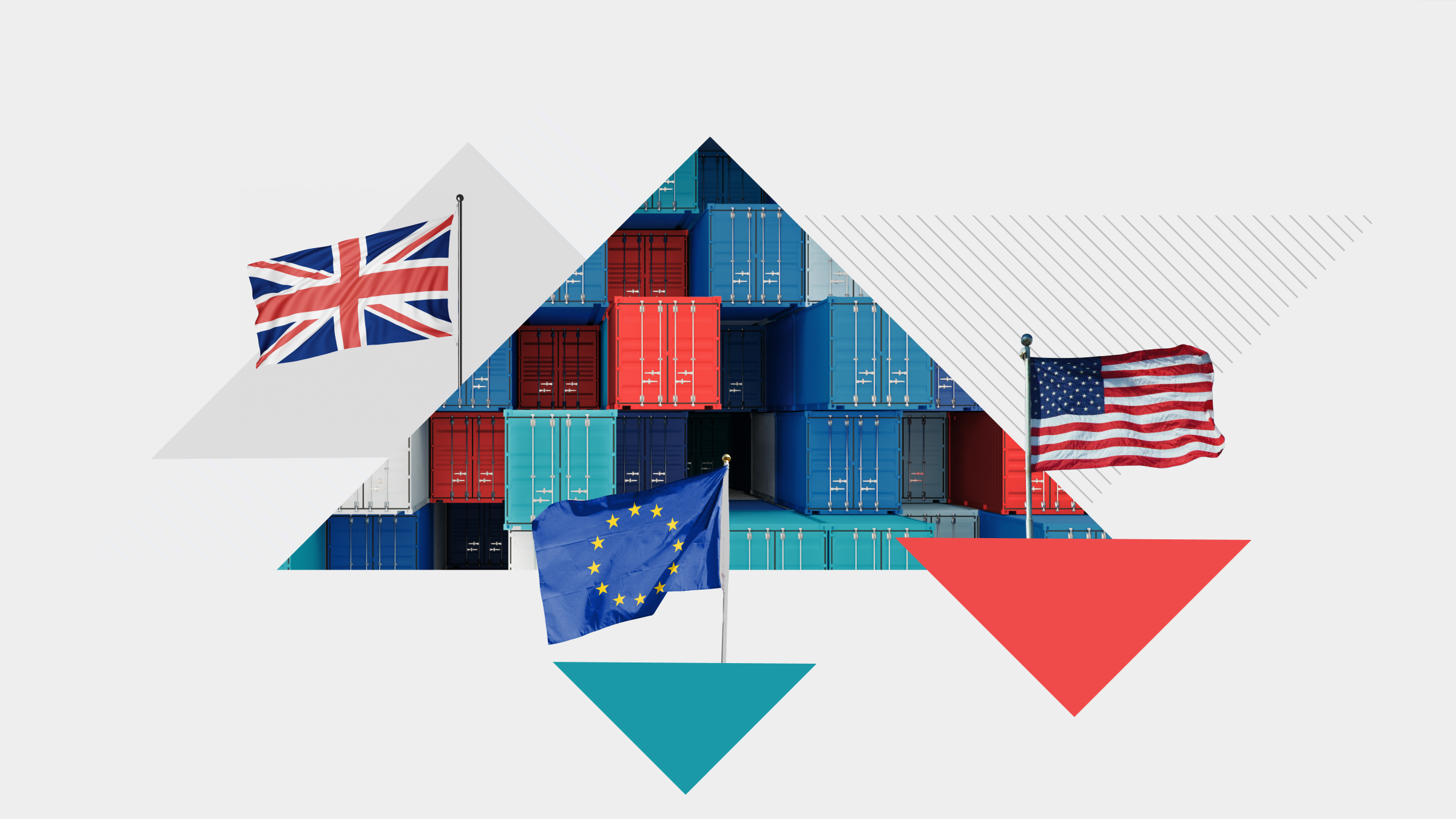Investeringskommentar, Stephen Ellis, Senior Director, 21/07/2016
Danske Bank reported first-half results for 2016 that were in line with results from 2015 as net profit remained at DKK 9.4 billion. The return on average shareholders' equity remained relatively steady at 12.4%, and we plan to maintain our DKK 199 fair value estimate as well as our narrow moat rating for Danske Bank.
Danske continues to navigate a difficult interest rate environment and uncertain times in Europe, particularly in light of the British referendum result. While total income was lower in the first half of 2016 compared with 2015, we were encouraged by the reduction in the expense base by roughly DKK 300 million to DKK 11.1 billion. This places results well within our expectation for roughly DKK 24 billion of noninterest expense for the full year. Net interest margins continued to remain under pressure compared with 2015, however, the margin did improve in the second quarter of 2016 compared with the first, and management believes that further pressure should abate for the remainder of the year. Credit quality also remained strong as nonperforming loans further decreased to 1.7% of the loan portfolio. Impairments also declined to 1.27% from 1.34% as impairment charges continued to reverse in Ireland. The loan book grew 1.5% during the quarter and was up roughly 4% compared with 2015.
Fee income remained under pressure as results did not improve from the first quarter. Lower assets under management caused by market declines as well as lower client activity and performance fees have contributed to this. Loan growth as well as lower pressure on net interest margins should help offset lower fee and trading incomes during 2016.
Overall, we see this quarter as business as usual for Danske Bank. The bank remains adequately capitalized with a common equity Tier 1 ratio of 15.8% and a total capital ratio of 21.1%.
Bulls Say
- Capital is strong with a common equity Tier 1 ratio of nearly 16%, giving the bank sufficient cushion against loan losses.
- Most of Danske's banking assets remain in its home country of Denmark, where unemployment has stabilized and positive GDP growth is expected over the year.
- Expense-reduction efforts should help maintain positive earnings during this difficult economic environment.
Bears Say
- Danske is expected to continue incurring larger loan losses, primarily from Irish housing, which will weigh upon the bank's capital generation.
- The agricultural and shipping sectors in Denmark have experienced difficult times, which has resulted in high loan impairment levels to Danske.
- Danske is very dependent on wholesale funding markets and gets only about 35% of its funding from deposits.
















